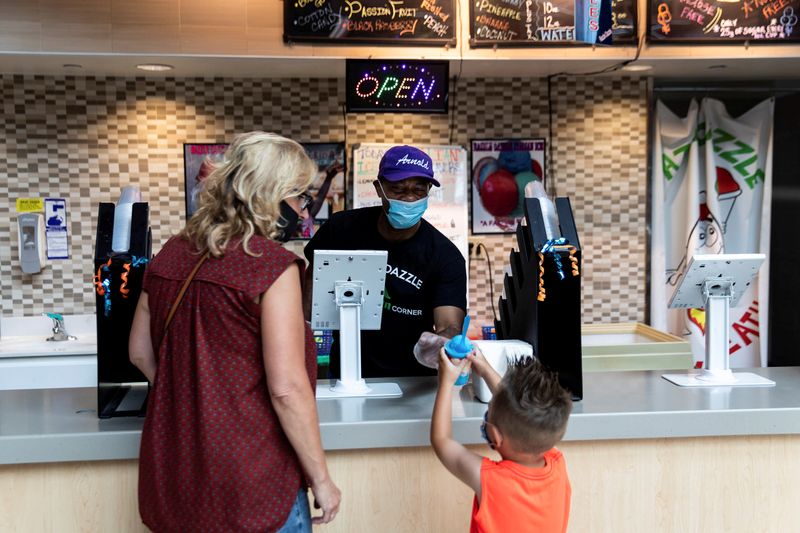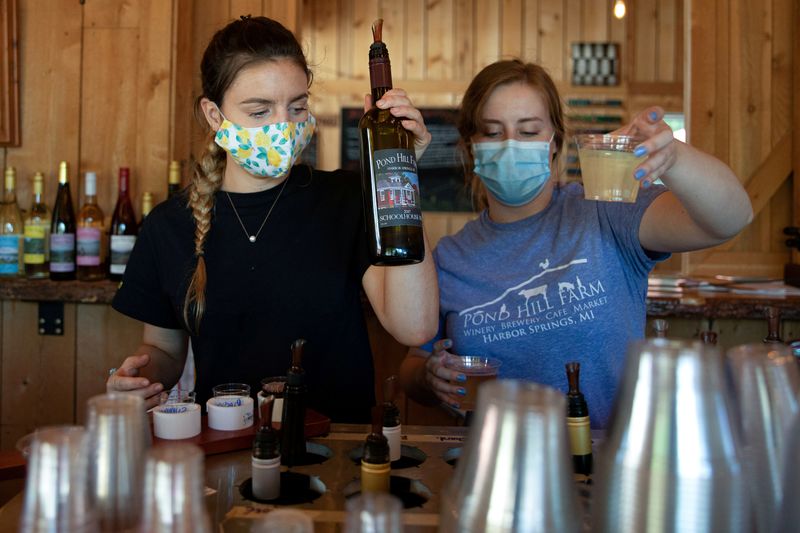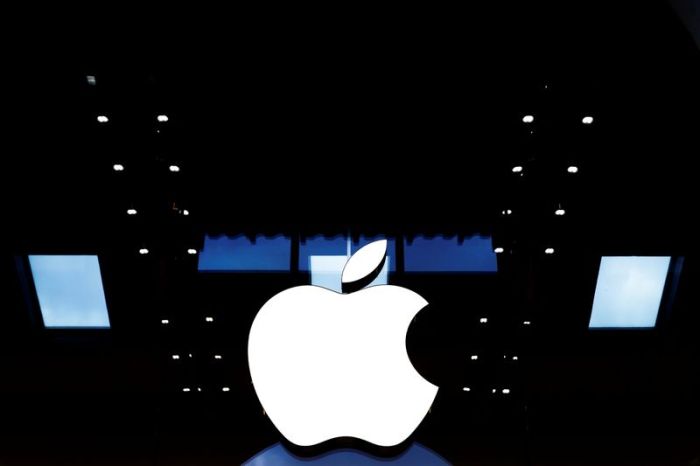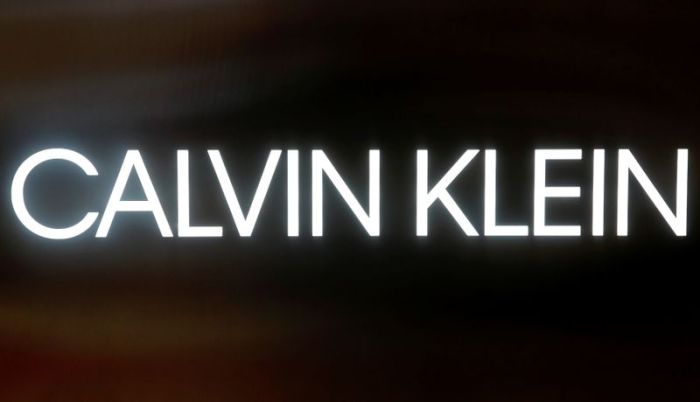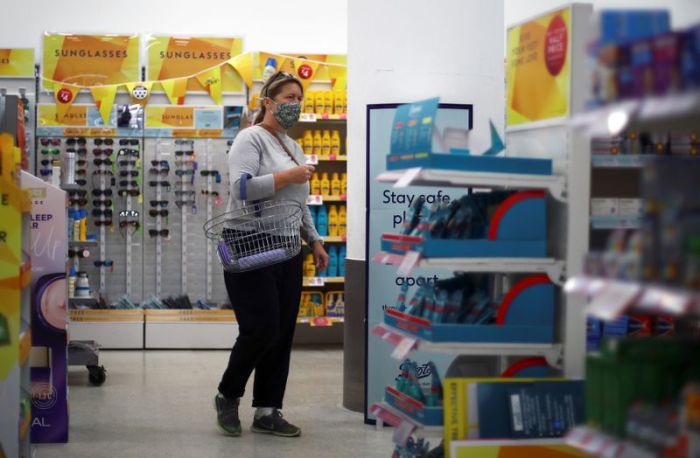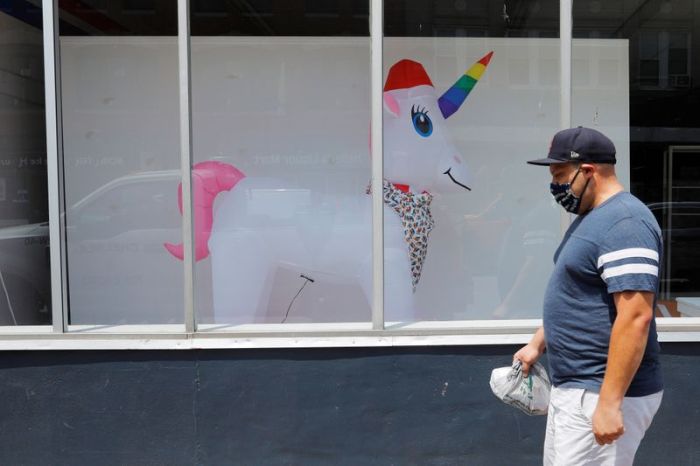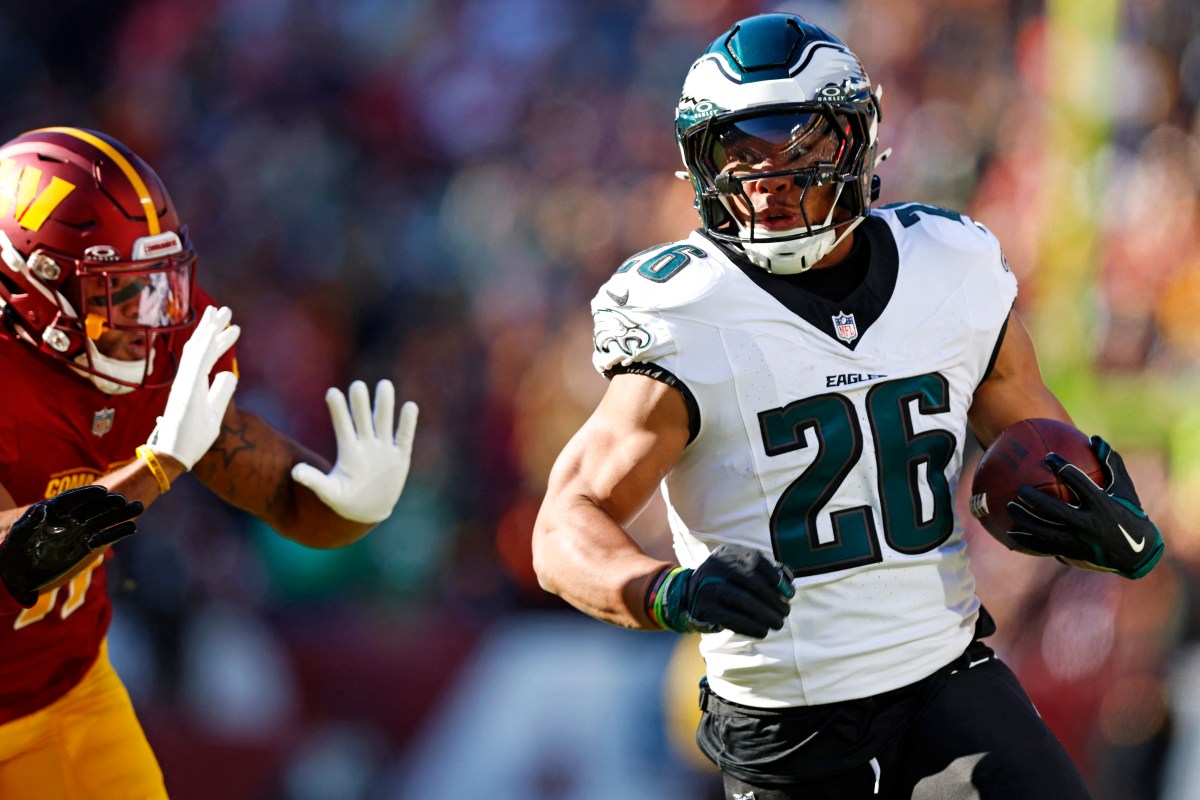(Reuters) – The Paycheck Protection Program appears to have thrown a critical safety net under U.S. middle and upper-middle-wage jobs, but it faltered when it comes to lower-paying positions and the industries hit hardest by the coronavirus pandemic, according to a Reuters analysis of loan details.
Analysis of data on nearly 4.9 million PPP loans released last week by the Trump administration showed the program, a subject of controversy because a number of larger well-connected borrowers tapped it even though it was designed to aid vulnerable small businesses, did partially hit its target.
Separating U.S. industries into groups of around 60 each ranked by average annual pay, the Reuters analysis showed that employers in the middle of the wage scale received an outsized share of PPP loans both in dollar terms and the number of loans disbursed.
The middle group includes a diverse set of industries such as automobile dealers, building electrical and heating installers, and freight trucking companies, representing around 16.5% of the U.S. workforce and a similar share of establishments. The group received roughly 25% of the more than $520 billion in PPP loans disbursed as of June 30, and around 20% of the number of loans
The next highest paid group, with average annual salaries near $74,000 and including doctor’s offices, equipment wholesalers and accountants, included under 13% of the 101 million workers covered by the analysis, but received more than 18% of PPP loans.
Parsing how many jobs were saved in each category is more difficult. For example, workers in the lowest wage category make on average just under $25,000 per year, so any given amount of funding would support more of their salaries.
Companies nationwide reported the money preserved some 51 million jobs overall, though a spot check by Reuters turned up numerous red flags, including large numbers of jobs recorded as saved with very small loans.
PPP loans are meant foremost as a way for businesses with 500 or fewer employees to cover payroll and are forgivable, in effect turning them into government grants, as long as most of the money is used to pay employees.
Still, the program appears to have given proportionately less support to the lowest-wage industries, a group which includes restaurants, golf clubs and ski resorts and other leisure services hard hit by the coronavirus recession. Those industries represented roughly 38% of employees, but received less than a fourth of the PPP funds. The group also accounted for about 35% of U.S. small business establishments, but just around 30% of PPP loans.
For the analysis, Reuters divided industries into five groups ranked by annual salary using details from the first three months of 2019 from the U.S. Quarterly Census of Employment and Wages. The first-quarter report for each year in the QCEW includes categories for the number of employees in each establishment, allowing those with more than 500 to be excluded, and average annual pay rates to be calculated for the rest.
Data for 2020 is not yet available.
MORE HELP NEEDED
Despite questions on how the funds have been disbursed, economists and Federal Reserve officials have credited the PPP with helping keep disposable income from falling too sharply in recent months, and preventing the worst, Depression-style outcomes from occurring.
Recently released bankruptcy data for June buttress the point. Though the Chapter 13 bankruptcies used by larger firms to restructure their businesses were up 40% year to date from a year ago, overall business bankruptcy filings fell 13%.
“Businesses are saying we got PPP and it is allowing us to stay afloat,” Atlanta Fed President Raphael Bostic said last week, recounting conversations with entrepreneurs around his southern U.S. Fed district.
Yet, he said, the “the smallest of the small” businesses, particularly in towns and rural areas, may be at more risk, and more so among the restaurants and small shops important to downtown life outside of urban America.
That’s a group he said that may need more help as the pandemic continues and officials debate what economic props to keep in place over time. There is still around $140 billion in PPP money available, but it is due to lapse within weeks, as are other coronavirus relief efforts approved earlier this year in legislation like the CARES Act.
Policymakers have worried many employers in lower-paying and more vulnerable sectors appear to have forgone seeking PPP assistance because they either lacked banking relationships, found the rules confusing, or were uncomfortable with taking on debt even if it might be forgiven. Also some employers in that group may have reasoned that other pandemic assistance programs, such as enhanced unemployment benefits, were a better option for their staff and opted not to seek loans.
The data released last week by the Small Business Administration had some gaps. Specific loan amounts were not provided for transactions above $150,000, covering 282,164 loans, or 13.5% of the total. For those loans, Reuters used the average amount for each category. Industry codes were provided for almost all of the transactions.
Other U.S. data suggest the PPP did help prop up the economy, at least so far, even as it fell short of the loftiest aims. Some economists, for example, feel it has led to declines in unemployment claims, even though they remain high.
The manufacturing and construction industries in particular drew 10% and 12% of PPP dollars. Yet combined the two sectors account for less than 10% of the 14.7 million net jobs lost from February through June.
The leisure and hospitality industry, by contrast, absorbed more than a third of the net jobs lost so far during the pandemic, but received less than 10% of the PPP loans.
(Reporting by Howard Schneider and Brad Heath; Editing by Dan Burns and Andrea Ricci)

